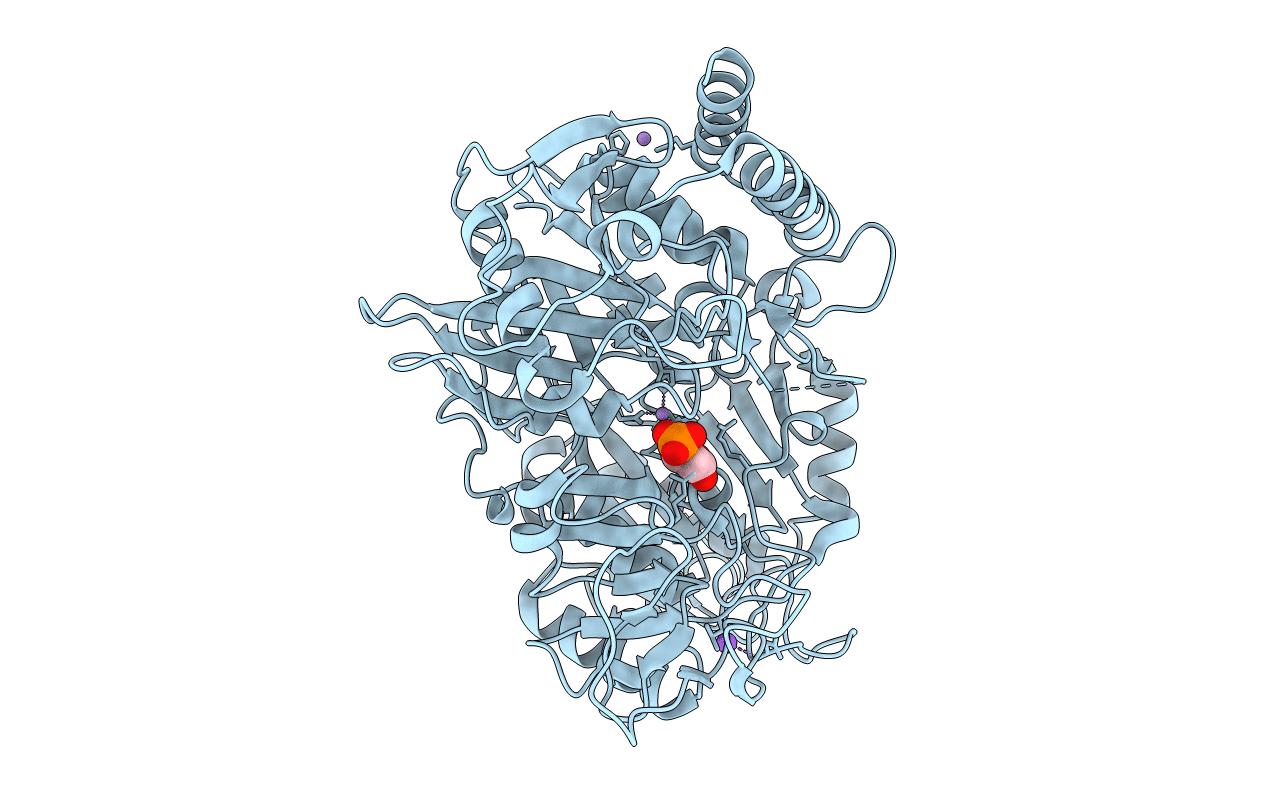
Deposition Date
2007-10-16
Release Date
2008-01-29
Last Version Date
2024-02-21
Entry Detail
PDB ID:
2RKD
Keywords:
Title:
The Structure of rat cytosolic PEPCK in complex with 3-phosphonopropionate
Biological Source:
Source Organism:
Rattus norvegicus (Taxon ID: 10116)
Host Organism:
Method Details:
Experimental Method:
Resolution:
1.90 Å
R-Value Free:
0.23
R-Value Work:
0.18
R-Value Observed:
0.18
Space Group:
P 1 21 1


